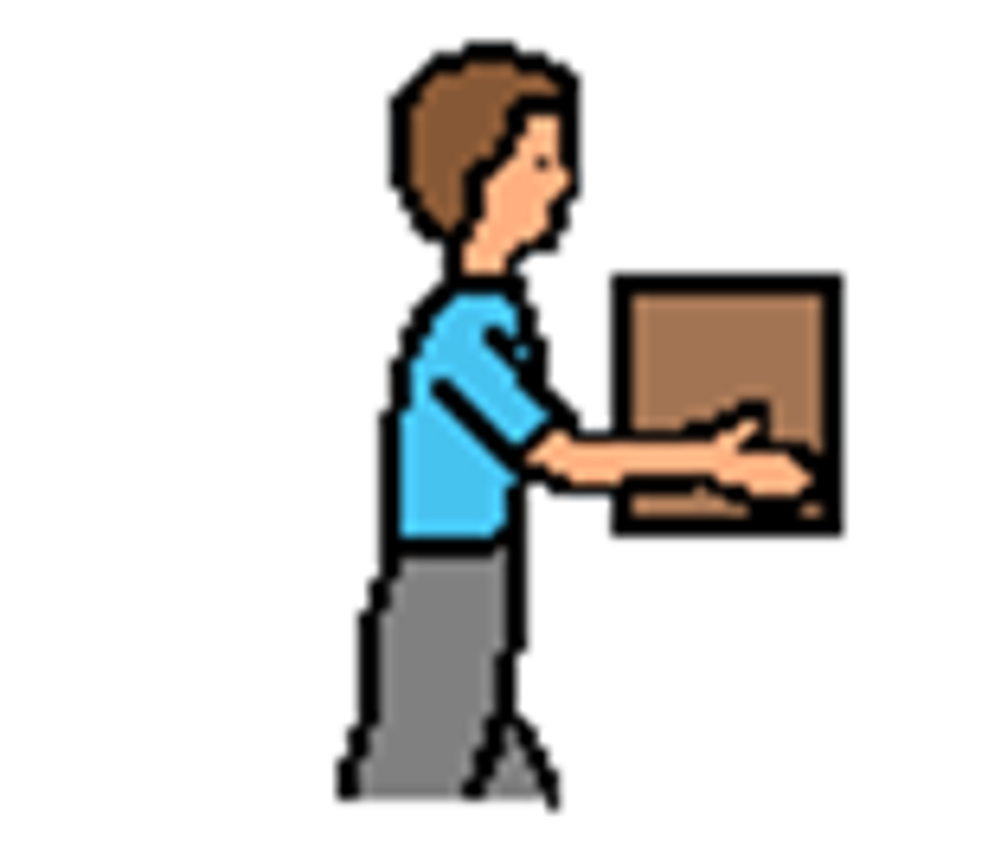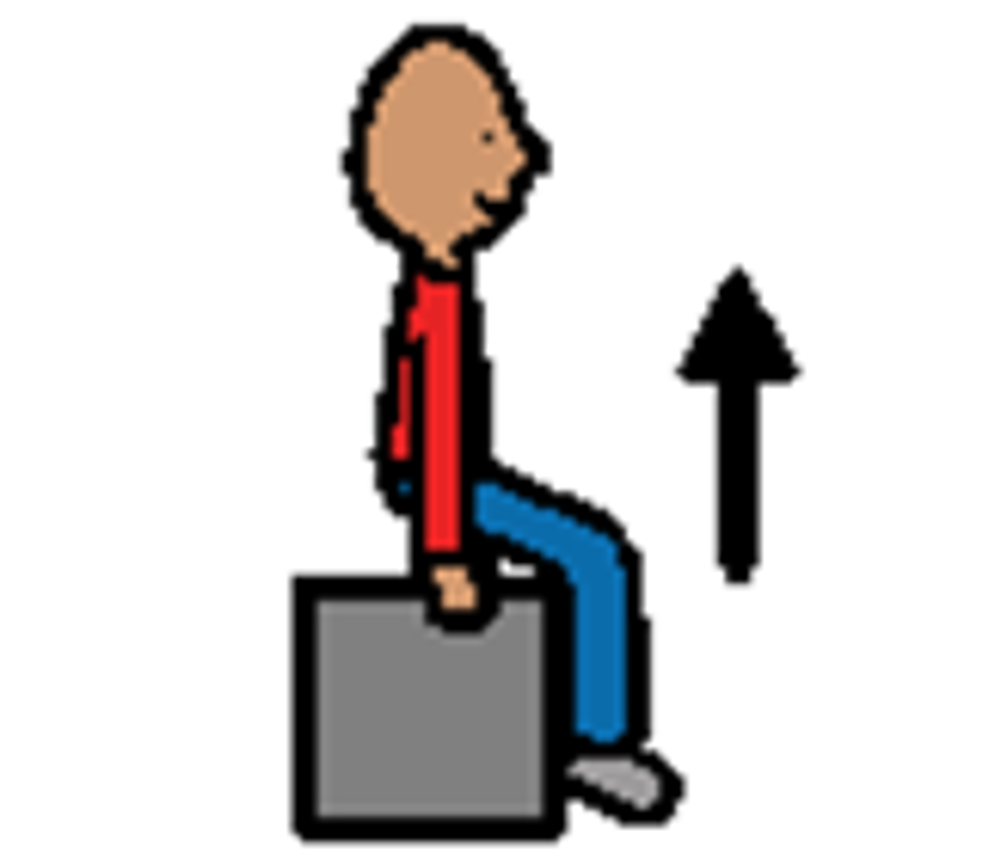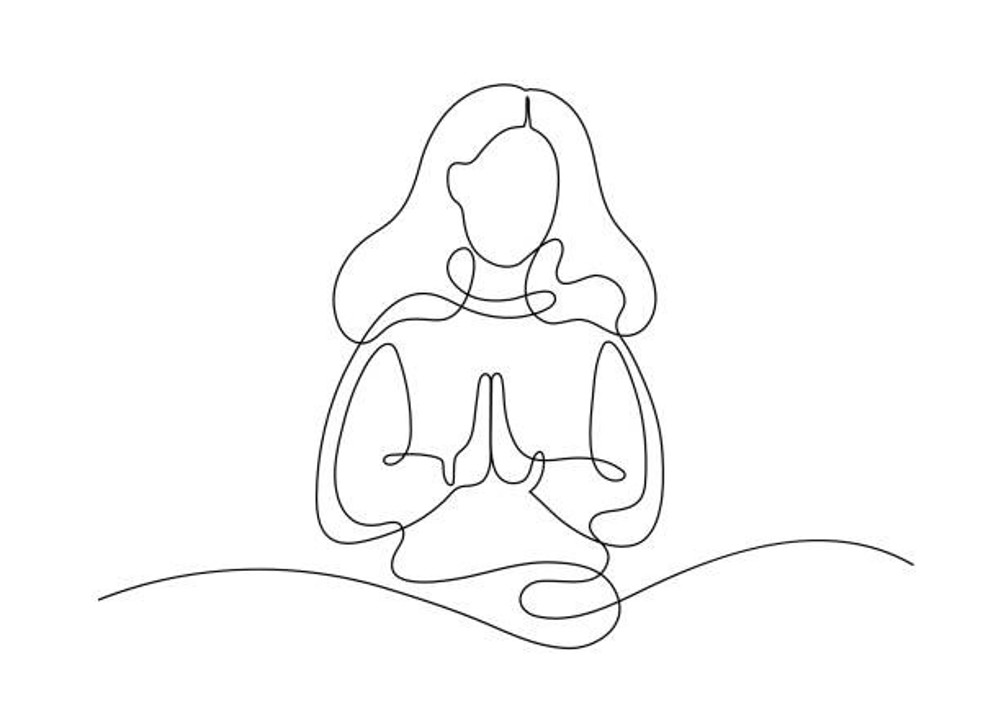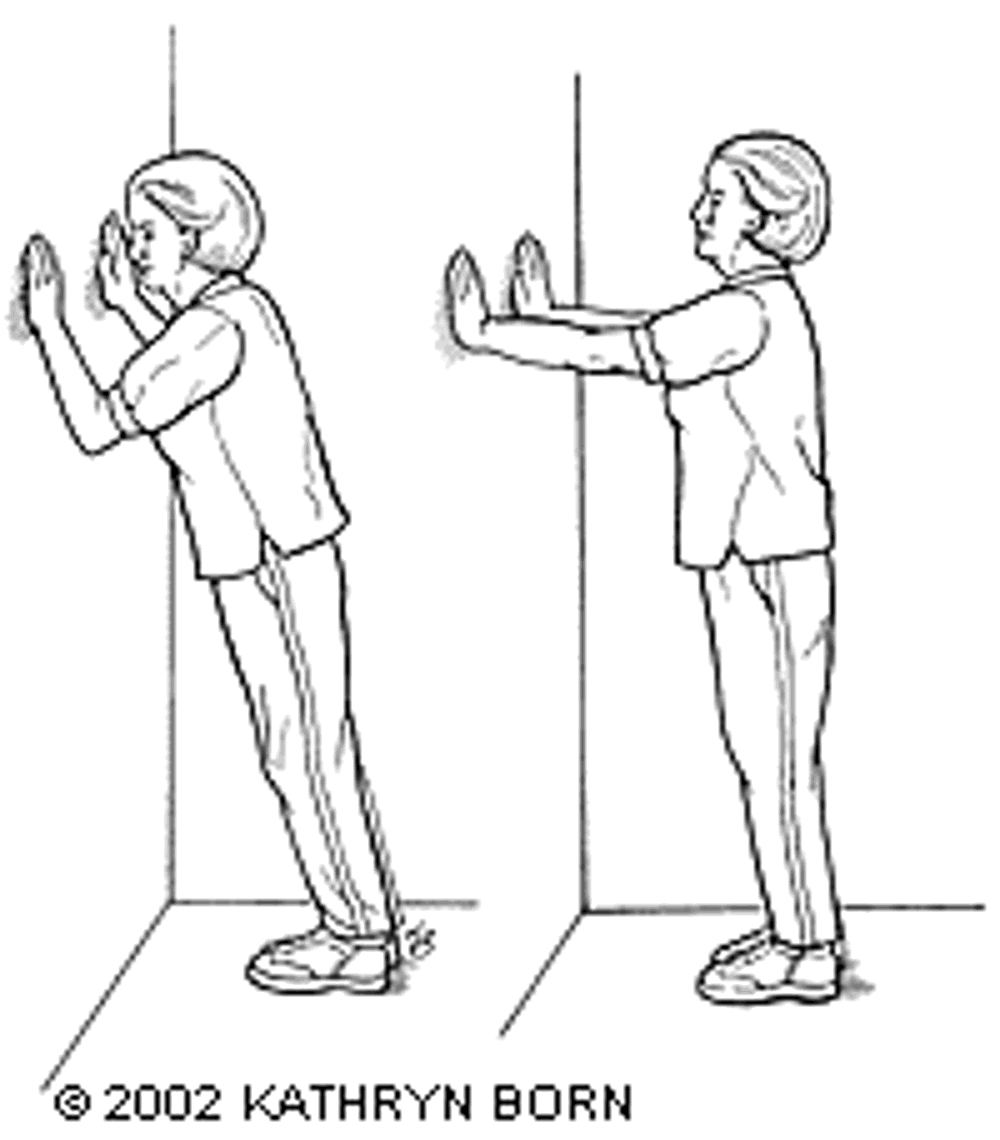To support children with attention including movement breaks can help. These are useful before learning tasks or after active play outside.
Proprioception (body awareness) is the information we receive from our muscles and joints that lets us know the position of our body in space without the need to look. Proprioceptive activities involve push and pull resistance and can have a calming effect.
If they aren't receiving this regular input, some children find it hard to concentrate and learn.
Below is a list of ideas. Please choose the ones that are your child’s level and you think they will enjoy. Please supervise your child as this will help you find out which activities work.
Activities work best if carried out in small frequent sessions throughout the day.
For further advice please see the contact details below for our parental advice line and professional enquiry line.
Activity suggestions

Helping out around the house, moving chairs, wiping tables, wiping mirrors/windows.
Heavy work activities. This can be incorporated into home routine e.g carry heavy objects one area of house to another i.e. boxes, books, shopping. laundry

Chair push – ups: whilst sitting on a chair child places hands on either side of chair and gently lifts body weight up and down)
Push up through hands placed on table/chair. Sit on hands and push shoulders towards ears.
Stretch muscles in face, hands, feet; stretch/bend arms/legs; hunch/relax shoulders; rub arms and legs as fast as you can

Have the child clasp their hands and apply pressure downwards on the head – can pretend they are a flower/tree pushing up through the ground.

Pushing hands together in a prayer position provides deep pressure feedback through hands – helps with attention

Wall push ups. Stand with arms outstretched to wall and step back – push against wall for 10 seconds –swap feet. Do three reps
Other pushing and pulling activities – tug of war, pullng on skipping rope, pushing bike or scooter outside
Accessible formats
If you require this information in a community language or alternative format such as Braille, audio, large print, BSL, or Easy Read, please contact the Equality and Human Rights Team at: email: fife.EqualityandHumanRights@nhs.scot or phone 01592 729130. For people with a hearing or verbal impairment you can also contact the team through the NHS Fife SMS text service number on 07805800005.





